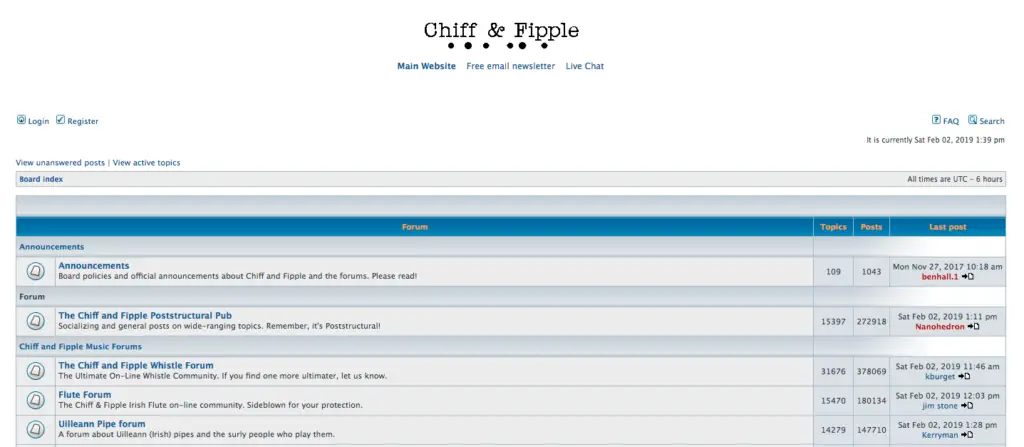

Norman Dannatt boasted that Robert Clarke’s whistles "produced a unique sound which, though attempts have been made to copy it, no-one has ever improved." Up to 1900, they were marketed as "Clarke London Flageolets" or "Clarke Flageolets". The first factory-made tin whistles were produced by Robert Clarke (? - 1882) in Manchester, England. The first record of tin-plate whistles dates back to 1825 in Britain.

The word " penny whistle" was in use as early as 1730 and the word "tin-whistle" as early as 1825, but neither word seems to have been common until the 20 th century. McCullough notes that the oldest surviving whistles date from the 12 th century, but that, "Players of the feadan are also mentioned in the description of the King of Ireland's court found in the Brehon Laws dating from the 3 rd century A.D." The Tusculum whistle is a 14 cm whistle with six finger holes, made of brass or bronze, found with pottery dating to the 14 th and 15 th centuries it's currently in the collection of the Museum of Scotland. It can be described as an end blown fipple flute, putting it in the same category as the recorder, Native American flutes, and many other woodwind instruments found in traditional music.

The Irish words for the instrument are feadóg ('whistle' or 'flute') or feadóg stáin ('tin whistle') feadóg a stáin is the plural. The tin whistle, also called the whistle, pennywhistle, flageolet, or Irish whistle, is a simple six-holed woodwind instrument. Related subjects: Musical Instruments Tin whistle


 0 kommentar(er)
0 kommentar(er)
